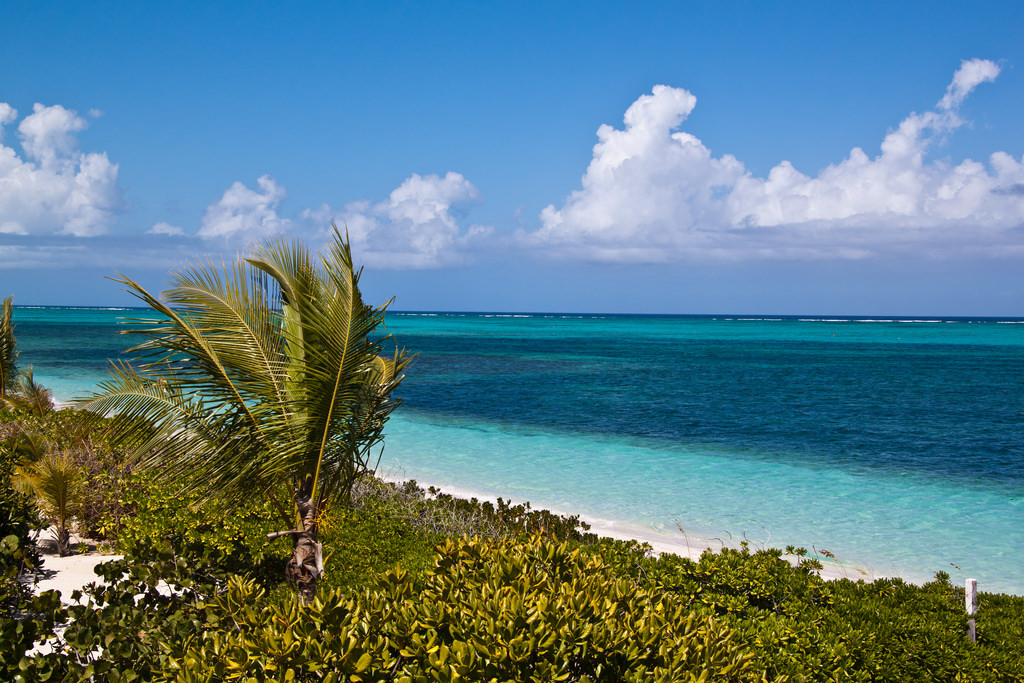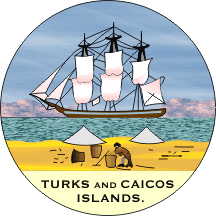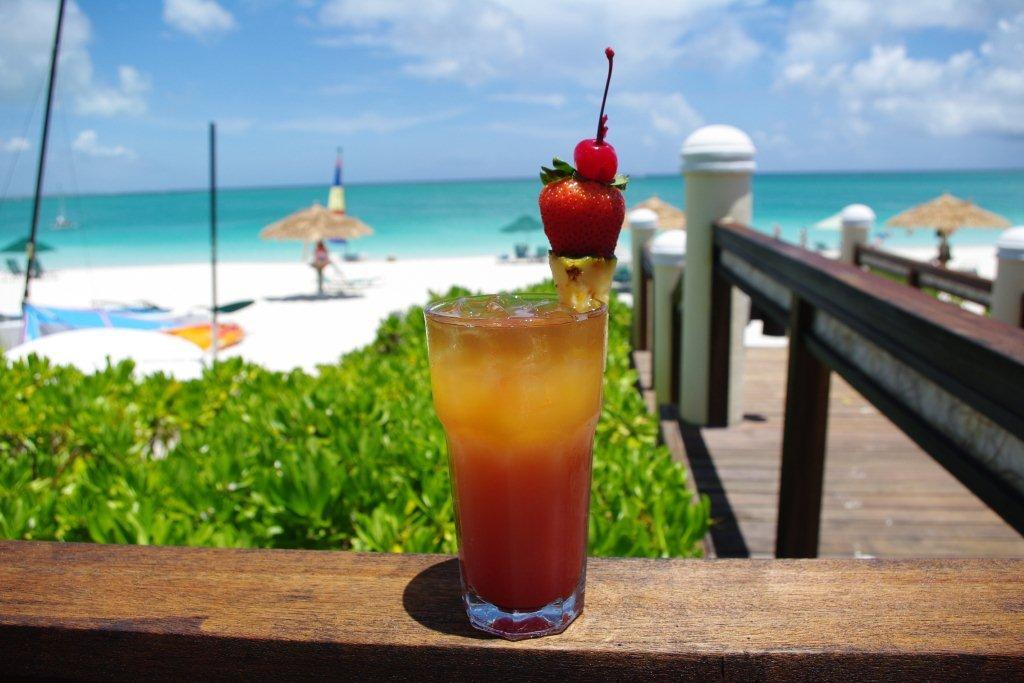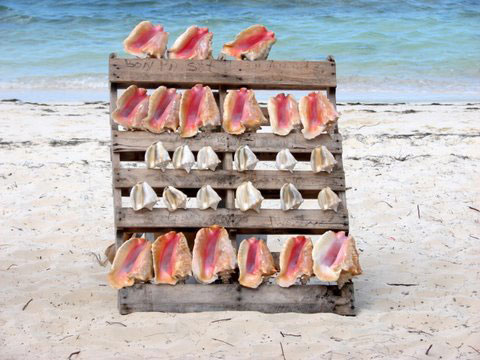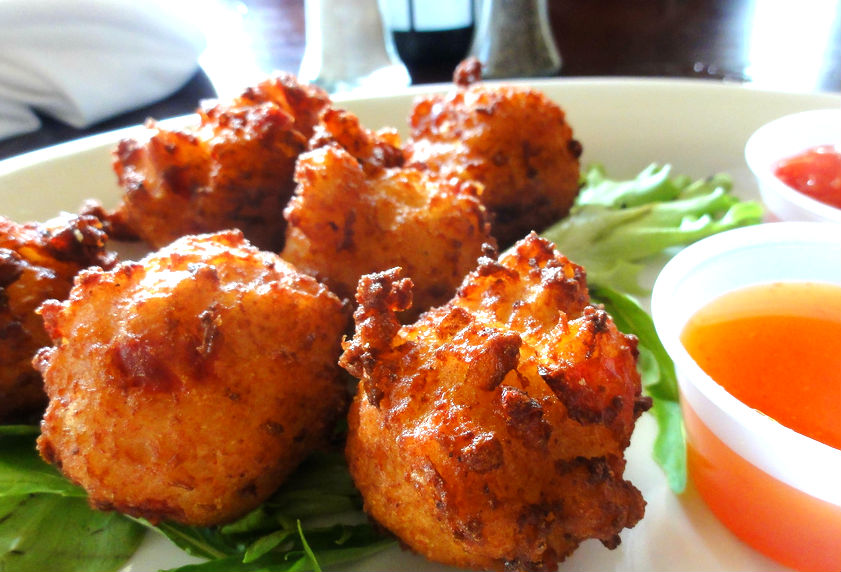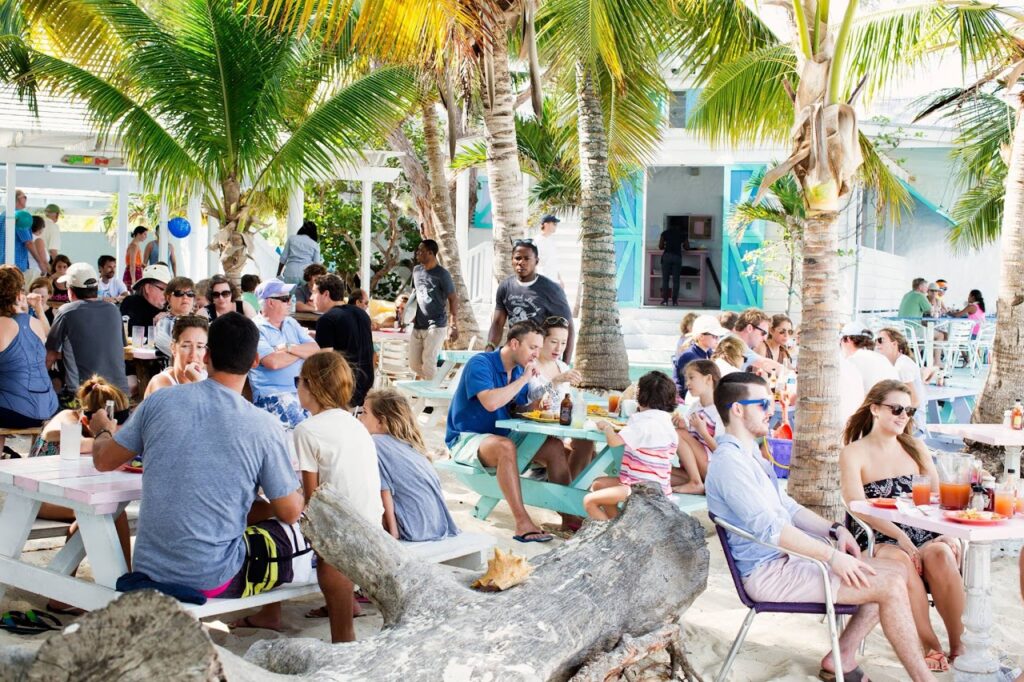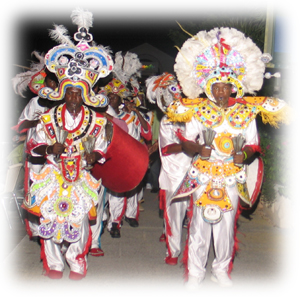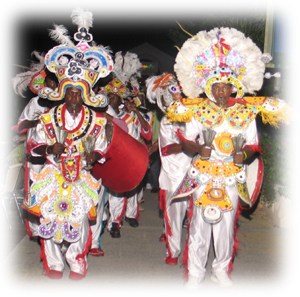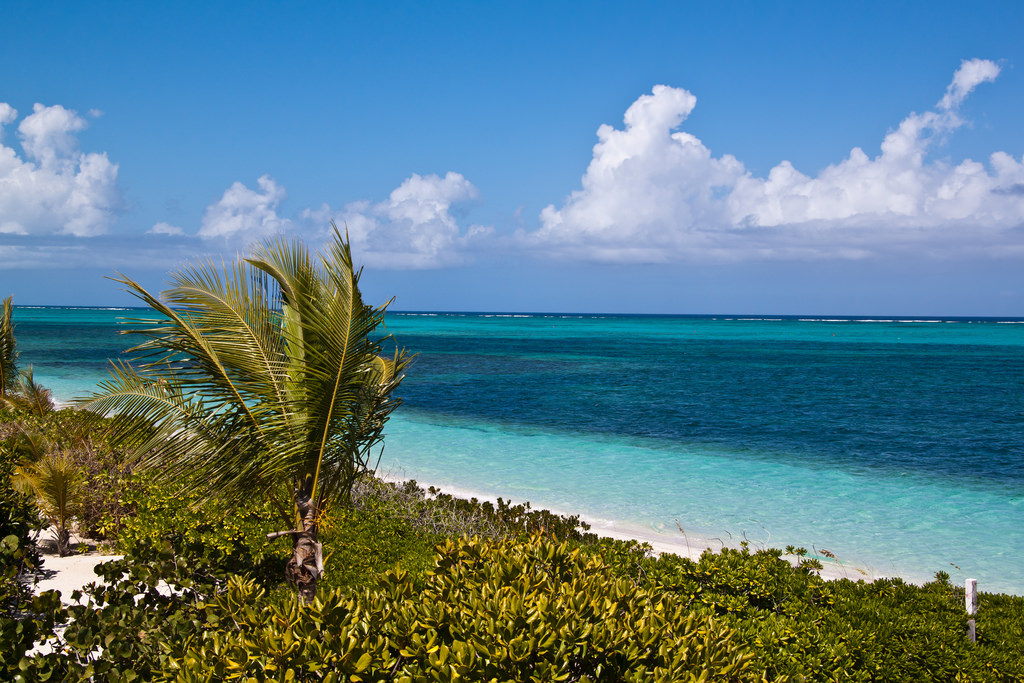
One of the questions we frequently get from our gets here at the Sands Resort: “Is it safe to touch coral?”
Our typical answer: “Although it’s generally not safe for you to touch coral here in the waters of Turks and Caicos, it’s definitely not safe for the coral. With that in mind, we’d like to provide a brief summary of coral etiquette: how to enjoy and protect coral reefs in Turks and Caicos and the rest of the Caribbean.
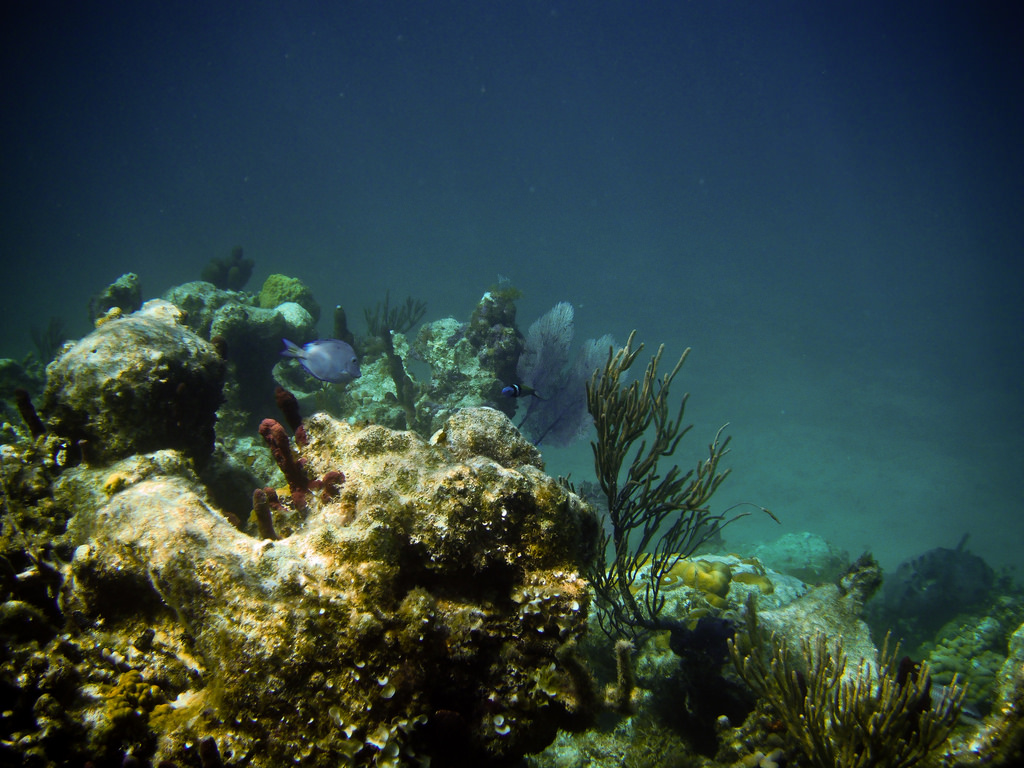
Coral Species of the Caribbean
There are about 65 species of hard corals in the Caribbean. Corals provide protection and shelter for many species and protect the coast from erosion and flooding caused by strong currents and waves. The Caribbean is home to its own unique coral reef biota, a direct result of the closing of the Isthmus of Panama 3-4 million years ago. After that, the Caribbean was isolated from the Pacific Ocean.
The Basics of Coral Biology
Corals themselves are in fact colonies of very small animals. The corals live in colonies that may taken hundreds of years to form. The visible part of the coral is its skeleton, while the animals themselves live inside as part of an interconnected colony. The corals feed on plankton that drifts by, and also often form a symbiotic relationship with algae.
In exchange for a safe place to live, the algae use photosynthesis to convert carbon dioxide from seawater into energy for the corals.
Hard corals
Corals can be divided into two main types: hard corals (also known as stony corals, or scleractinians) and soft corals (gorgonians or octocorals). Stony corals are the most important reef builders, but organpipe corals, precious red corals, and blue corals also have stony skeletons.
Soft corals
Soft corals differ from hard corals in that they don’t produce a calcium carbonate skeleton, so they’re not as rigid as other corals. In addition, these corals usually have a unique bumpy or feathery appearance, due to the particular way they grow.
Coral in Turks and Caicos
At least 60 species of coral live in the waters off the Turks and Caicos. Hard coral varieties include staghorn, elkhorn, pillar, star, and brain. Sea fans, sea whips, and sea plumes number among the soft varieties.
Coral Reefs in Turks and Caicos
The Turks and Caicos Islands are home to one of the longest barrier reefs in the world – it’s over 125 miles long, and protects the north shore of the island of Providenciales. The barrier reef is and an ideal spot to observe humpback whales, and with underwater visibility exceeding 100 feet in most locations, the coral reefs, sea mounts and sea walls that surround the islands are perfect for encountering schools of tropical fish, sea turtles, eagle rays and even sharks.
There are also reefs closer to our resort on Grace Bay Beach.
Coral Gardens
Also known as Bight Reef, the Coral Gardens snorkeling area is just a short walk down the beach from the Sands at Grace Bay resort and is one of the most popular snorkeling areas in Providenciales. The shallow and calm waters that can be accessed right from the beach, the diversity of fish, the clearly marked boundaries, and the safely roped off area make this a great spot for families and beginners to snorkel.
Smith’s Reef
Smith’s Reef is actually a number of reefs located close to Turtle Cove, a resort area to the west of the international airport.
Smith’s Reef is a bit isolated and can be a little harder to find than other popular areas, so be sure to ask our concierge for directions.
Other conditions to be aware of at Smith’s Reef include tides and currents. Snorkelers should also watch out for Lionfish. Lionfish are an invasive species that have become common in some parts of the Turks and Caicos. While Lionfish are not aggressive, their spines are poisonous.
Fire Coral in Turks and Caicos
There are several species of coral-like “fire corals” (hydrocorals) that can give stings if touched. It might hurt instantly, or there may be delayed pain or itching, kind of like a jellyfish sting. These stinging corals are typically marked and identified, but it’s one more reason to never touch corals when you are snorkeling.
How to Protect Coral Reefs
The number-one thing to remember about touching corals is that you, as a human, pose the most danger.
Simply touching corals to see what they feel like can cause the death of an entire colony. Oils from your skin can disturb the delicate mucous membranes which protect the animals from
Needless to say, walking or standing on coral will kill the living coral polyps that are the builders of the reef structure. So, as a rule, never stand on coral to adjust mask. Swim well and clear of the reef and kick to keep head out without the possibility of kicking the reef, or search for a sandy or coral free shallow place to stand. Don’t touch, pickup or hold reef life.
5 Ways to Protect Coral Reefs Anywhere in the World
You can also protect coral reefs from just about anywhere in the world. Here are five ways to help:
1. Help reduce pollution
Walk, bike or ride the bus. Fossil fuel emissions from cars and industry raise lead to ocean warming which causes mass-bleaching of corals and can lead to widespread destruction of reefs.
2. Research what you put on your lawn
Although you may live thousands of miles from a coral reef ecosystem, these products flow into the water system, pollute the ocean, and can harm coral reefs and marine life.
3. Don’t litter
Don’t leave fishing lines or nets behind in the water or on the beach. Any kind of litter will harm the reef and the fish.
4. Support reef-friendly businesses
When you travel, ask your dive or snorkeling operators how they protect the reef. Be sure they promote reef-friendly activities, and ask if the organization responsible is part of a coral reef ecosystem management effort.
5. Practice safe and responsible diving and snorkeling
Remember, do not touch the reef. Contact with the coral will damage the delicate coral animals.


